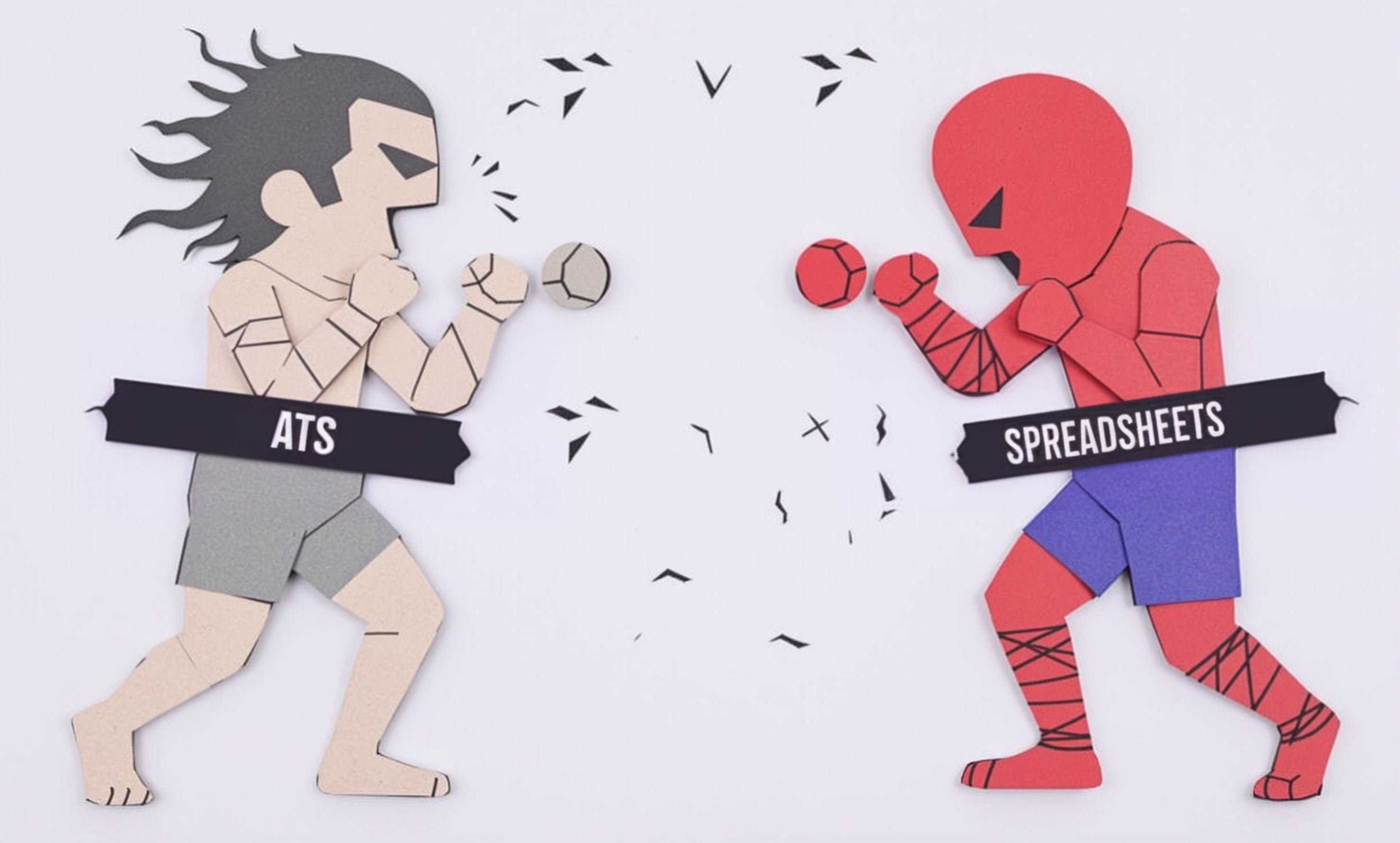
Specific Gravity
Specific Gravity is a basic measurement used in gemology to help identify gemstones. It's like measuring how heavy a gemstone is compared to water of the same size. This measurement helps gemologists tell different types of gems apart, since each type of gemstone has its own unique specific gravity value. Think of it as a gemstone's "weight fingerprint." It's one of the first tests gemologists usually perform because it's simple, doesn't damage the stone, and provides valuable clues about what kind of gemstone they're examining.
Examples in Resumes
Performed Specific Gravity testing on over 1,000 gemstones annually
Trained junior staff in accurate Specific Gravity measurement techniques
Used S.G. and other testing methods to authenticate rare gemstones
Typical job title: "Gemologists"
Also try searching for:
Where to Find Gemologists
Professional Organizations
Online Communities
Job Resources
Example Interview Questions
Senior Level Questions
Q: How would you handle a situation where a client disputes your specific gravity findings?
Expected Answer: A senior gemologist should explain their process of double-checking measurements, using multiple testing methods for verification, and professionally communicating findings with documentation to support their conclusions.
Q: What are the limitations of specific gravity testing in gem identification?
Expected Answer: Should discuss how specific gravity is just one of many tests needed, explain when it might give inconclusive results, and describe alternative testing methods when specific gravity testing isn't suitable.
Mid Level Questions
Q: How do you ensure accurate specific gravity measurements?
Expected Answer: Should explain proper use of hydrostatic balance, importance of water temperature, cleanliness of equipment, and multiple measurements for accuracy.
Q: What specific gravity ranges would alert you to synthetic vs natural gems?
Expected Answer: Should demonstrate knowledge of typical ranges for common gems and their synthetics, explaining how slight variations can indicate natural vs manufactured stones.
Junior Level Questions
Q: What equipment do you use to measure specific gravity?
Expected Answer: Should be able to describe basic tools like hydrostatic balance and heavy liquids, and explain the basic process of measuring specific gravity.
Q: Why is specific gravity testing important in gemology?
Expected Answer: Should explain how it helps identify different types of gems and why it's a valuable preliminary test in gem identification.
Experience Level Indicators
Junior (0-2 years)
- Basic specific gravity testing
- Use of hydrostatic balance
- Recording and documenting measurements
- Understanding of basic gem identification
Mid (2-5 years)
- Advanced testing techniques
- Interpretation of complex results
- Handling rare and valuable gems
- Quality control procedures
Senior (5+ years)
- Training and supervising staff
- Developing testing protocols
- Expert gem identification
- Laboratory management
Red Flags to Watch For
- Unable to explain basic specific gravity measurement process
- Lack of hands-on experience with hydrostatic balance
- No knowledge of standard specific gravity values for common gems
- Poor understanding of other basic gem testing methods
Related Terms
Need more hiring wisdom? Check these out...

Why Your Hiring Spreadsheets Are Secretly Sabotaging Your Recruitment

The Magnetic Pull of Social Proof: How to Make Candidates Flock to Your Company

Workforce Solutions Aggregators: The Next Big Thing You Didn't Know You Needed

